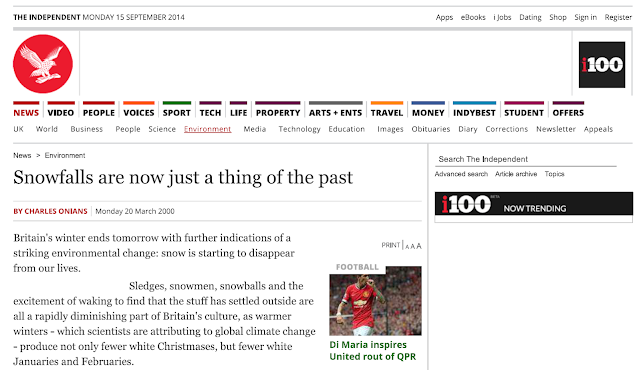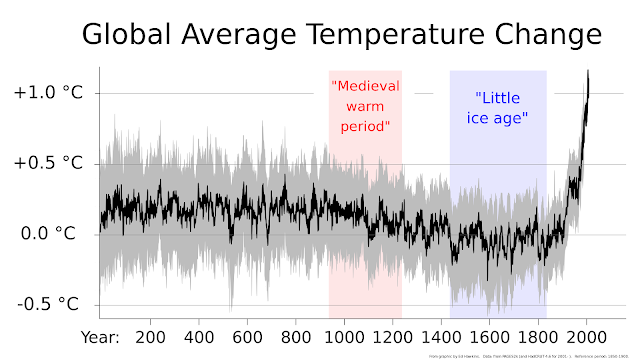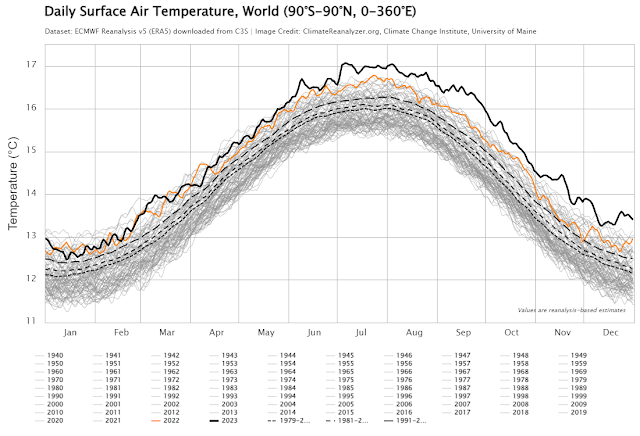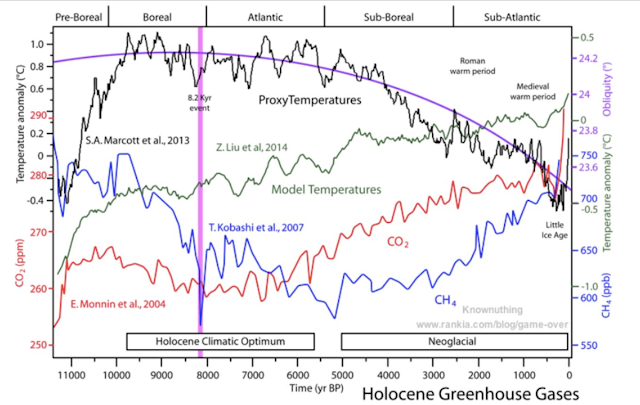Roy Spencer on Models and Observations

A few days ago, Dr. Roy Spencer wrote a piece for the Heritage Foundation called, " Global Warming: Observations vs. Climate Models " ( PDF ) essentially arguing that models show too much warming compared to observations, and if we stick to observations, "global warming offers no justification for carbon-based regulation." He claims to frame his argument in terms of answering three questions: Is recent warming of the climate system materially attributable to anthropogenic greenhouse gas emissions, as is usually claimed? Is the rate of observed warming close to what computer climate models—used to guide public policy—show? Has the observed rate of warming been sufficient to justify alarm and extensive regulation of CO2 emissions? We should keep in mind that this is a political document intended to support the political aims of the Heritage Foundation, and Spencer has carefully selected what he says and doesn't say to fit the political agenda of the Heritage Found






